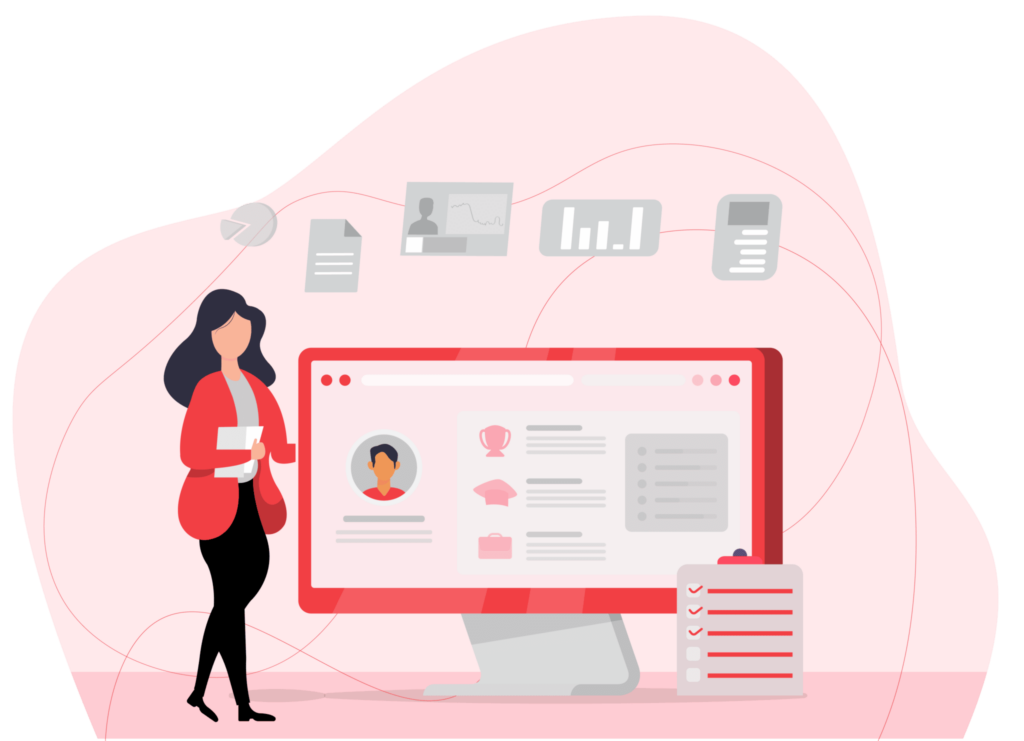Frequently Asked Questions for Data science with R
This online R assessment provides a comprehensive evaluation of applicants’ knowledge of R programming, R libraries, and practical programming skills. R is an open-source programming language widely used among statisticians to develop statistical software, data analysis, and scientific research.
This test assesses candidates’ ability to use R programming language to perform Data analysis, visualization, and machine learning. This test helps identify individuals with prior experience in R and Data Science.
- Data Scientists
- Data Analysts
- Statisticians
- Data Science Executives
- Data Science Associate
- Data Science engineers
- Data Science Professionals
- R Basics
- Data Visualization
- Statistics with R
- Data Wrangling
- Machine Learning
Assisting the technical team in creating automated data extraction and analysis methods, and preparing the codebase with scripts to ensure adequate R programming language data access, manipulation, and reporting functions.



